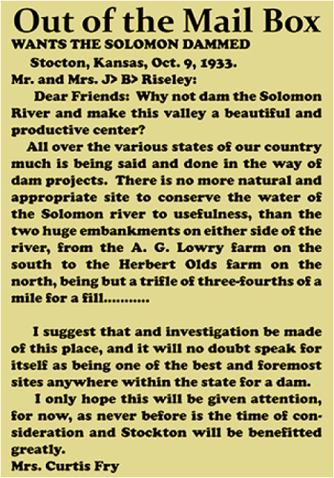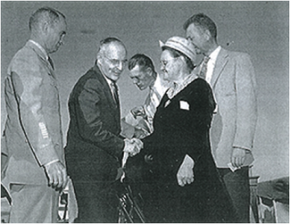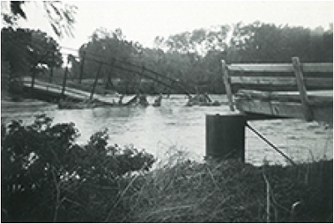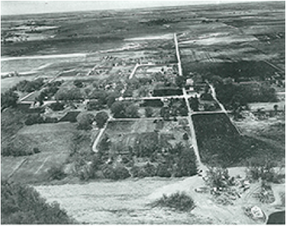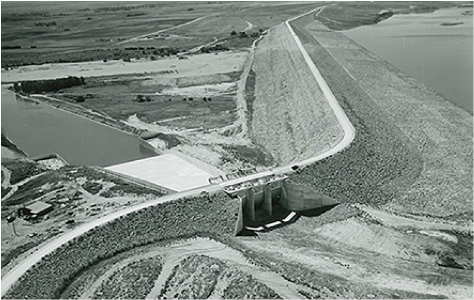Living Off the Water: The Challenge to Tame and Sustain Life in the Solomon Valley
Shared human experiences with water along the Solomon River from Glasco to Hoxie, Kansas.
|
Mrs. Curtis Fry, born Lavina Armstrong, had strong memories from childhood about blocking the South Fork of the Solomon River. The Armstrongs farmed just below the eventual site of the Webster Dam.
As a child, Lavina and her sister would drive the family’s cattle to the South fork, taking shovels to dig holes in the sand, creating little pools for the cattle to drink from the next day. On one of these trips, it occurred to Lavina, why doesn’t someone dam up the entire stream? Lavina continued to ask that question! October 12, 1933, Rooks County Record “Out of the Mail Box” column: Dear Friends—“Why not dam the Solomon River and make this valley a beautiful and productive center?” February, 1934, she sent letters to Governor Alfred Landon and then to George S. Knapp, chief engineer of the Kansas Water Resources Division. |



